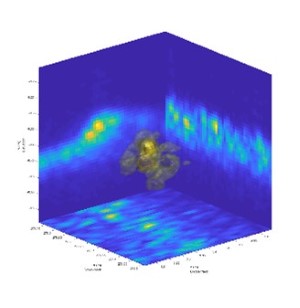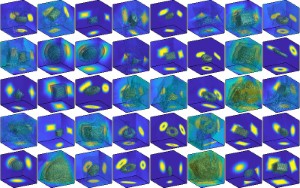
Analyzing Three-Dimensional Radar Voxel Data Using the Discrete Fourier Transform for SAEH Detection
Proc. SPIE 10628, Detection and Sensing of Mines, Explosive Objects, and Obscured Targets XXIII, 2018

Abstract
The detection of side-attack explosive hazards (SAEHs) is a challenging task especially if the SAEHs are camouflaged. Three-Dimensional Radar is one of the most prominent sensors that has shown a great capacity for detecting concealed SAEHs. This system produces high-resolution volumetric images where each voxel’s intensity represents the radar signal return at a specific point in three-dimensional space. It has the capability to enhance the signal response from a SAEH nested in camouflage materials and suppress the interference from the surroundings. Nevertheless, processing the radar data in the spatial domain has some limitations in differentiating SAEH from clutter objects. In this paper, we propose the use of the discrete Fourier transform (DFT) to analyze the voxel data and capture the spatial frequency characteristics of the radar signal from SAEHs. Through a machine learning approach, our proposed algorithm is able to identify the frequency signatures of SAEHs and to differentiate them from anomalies caused by the background or clutter. This approach yields a confidence value indicating the likelihood of a SAEH at a particular location. The detection ability of the proposed algorithm is demonstrated by receiver operating characteristic (ROC) curves generated using a dataset collected from a U.S. Army test site.
Related Work
